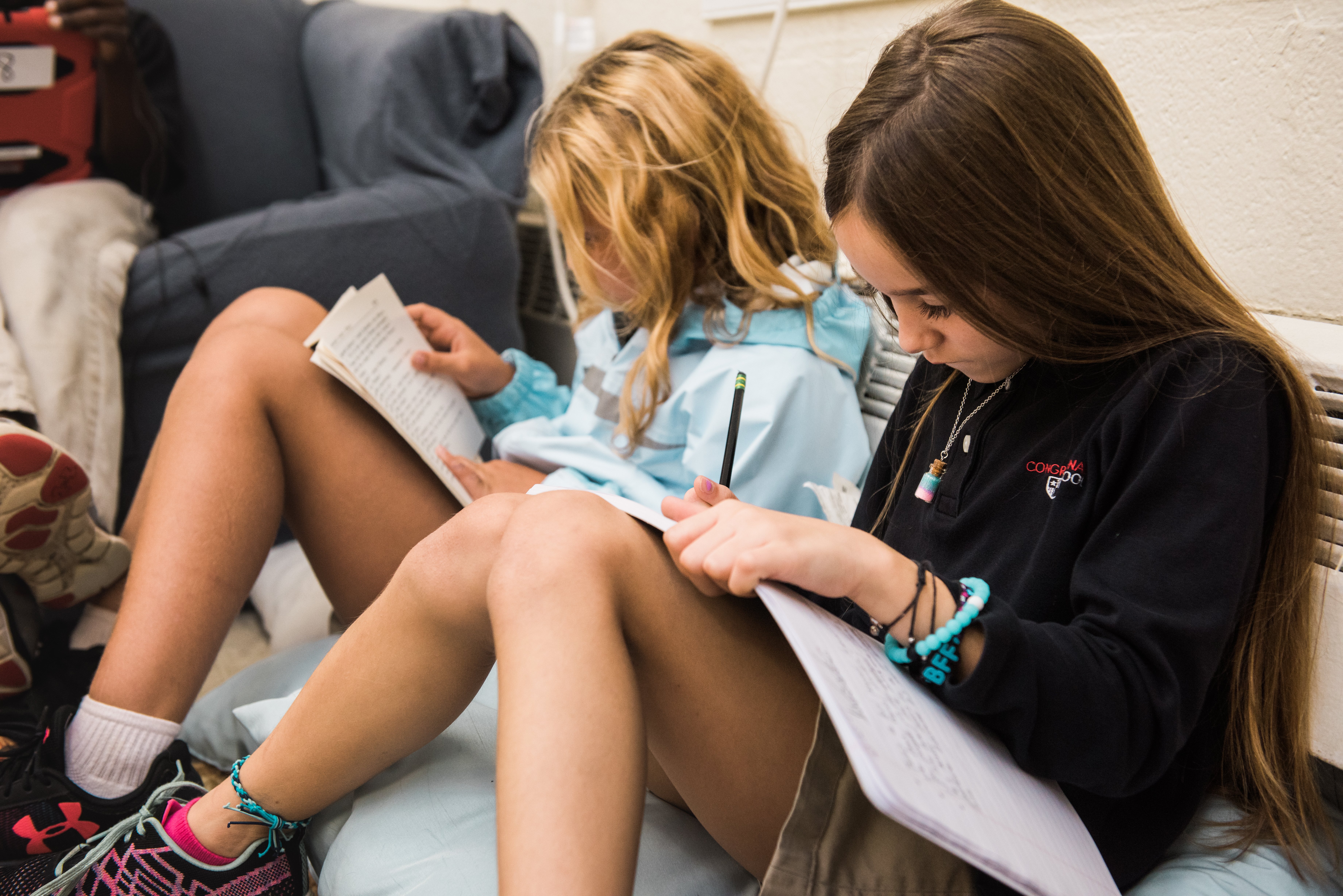English Teacher, Cameron Yassine, Discusses His Personal Writing Process
Written By: Cameron Yassine

When I was asked to write an article about the writing process, I gladly agreed and started right away. This topic, like any I choose to write about, is one that I find myself dwelling on all the time. It’s a topic that I know a lot about and one I could discuss for hours on end without running out of things to say. Regardless, or perhaps as a result of this, I knew I had my work cut out for me.
STEP ONE: BRAINSTORMING, RESEARCH, AND PRE-PLANNING
First, I think about it. I pull the topic to the front of my mind and let it live there for a short time while I pick, poke, and caress it before pushing it to the back for a few days where it continues to rumble behind more pressing matters. Next, I do a little research. I pull books from my library that might act as inspiration, cull through articles for quotes, data, and statistics, and speak with colleagues and friends about their own takes on writing. After that, I grab my favorite pen and… sit there staring at the paper.
I start to doodle, thinking perhaps a little ink on paper is all that I need for the floodgates to open. Soon enough, open they do, and a plan begins to form on the paper in front of me. It isn’t pretty at first: a phrase here, a half-completed thought there, a question, a doodle, a quote, and more, but I begin to see where I am going with my article. So I open my computer and begin to draft. That’s right, about two weeks of thinking, doodling, talking, reading, reflecting, drinking coffee, surfing the web, drinking more coffee, and pre-planning with pen on paper. Only then am I ready to draft.

STEP TWO: DRAFTING
Two days later I am staring at what I consider to be a solid first draft. Still, it’s not pretty. As I write I leave blanks to fill in later. For example, the first sentence in this paragraph will read, “_________ hours later…” until I know just how long the draft will take me (it turned out to be days and not hours). I have half-finished sentences here and there, as well as a list of ideas and quotes at the bottom that didn’t make it into my first draft.
When drafting, the idea is to get the thoughts down fast before they disappear. I often tell my students to imagine that they are “writing in the wind” when they are first getting started. That’s why I leave blanks in my writing. To dwell too long on one idea may result in losing my train of thought and forgetting where I am headed, as if at any second a gust might blow the thought out of my mind. Occasionally, an idea comes to me and I will backtrack a little, but for the most part I press on, tapping keys with ferocity until I reach my destination, regardless of the path I take to get there. I allow myself to do this because I know what is coming next.

STEP THREE: PROOFREADING
After I write my first draft, I read it out loud once or twice and fix some of the more glaring typos inherent in a rough draft. I fill in some of the blanks and remove a few words and phrases that I discover to be unnecessary or repetitive. Then, deliberately, I forget about it for a day or two. It continues to ruminate in the hidden corners of my mind, and often it will come back to me in a dream or while I’m walking my dog (those who know me know I can’t write or even speak for very long without bringing up my precious Supernova), but research as well as personal experience has proven to me that a little active procrastination can do wonders for one’s creativity and problem solving abilities (Psychology Today 2015).
Then, a day or two later, the real work begins.
“That’s right, about two weeks of thinking, doodling, talking, reading, reflecting, drinking coffee, surfing the web, drinking more coffee, and pre-planning with pen on paper. Only then am I ready to draft."
STEP FOUR: REVISING, MAKING IT BETTER
One of the many ideas that resonated with me from my professional development at The Center for Teaching and Learning last April is described by the center’s founder, Nancie Atwell. Nancie writes, “Writing is as much an act of reading over what you’ve already written as it is drafting new writing.”
Whether writing text messages, emails, letters, essays, fiction, nonfiction, or anything else, re-reading is that step people often ignore. And not just students. I could go on and on about the fast-paced times we live in and a modern human’s need for immediate gratification, but really, those are just excuses. If you are going to write something, and if someone is going to take the time to read it, spend whatever time is necessary first to ensure it makes sense. If the reader needs to translate typos or jump to conclusions on their own, it does not make sense and it certainly is not persuasive. After all, as Kurt Vonnegut explained in a conversation about writing he had with Lee Stringer, “...literature is the only art that requires our audience to be performers.” So with a lousy script, even Sidney Poitier may seem like an amateur.
Read, re-read, read out loud, have someone read it out loud to you until you’re sure the message is clear in your writing. Sometimes, in emails for example, it only takes a quick twice over to ensure clarity and accuracy. Yet still, many don’t do this. Often, especially in regards to student writing, it takes a number of revisions before it can be considered publishable. And truly that is what we want. Not just to write for the sake of writing, but to write as a way of inspiring, persuading, memorializing, comforting, relating, and so much more. In order for us and our students to accomplish this, the writing must be published and presented in some fashion. Which is exactly where we are headed.
BUT FIRST...


STEP ELEVEN: PUBLISHING OR PRESENTING
The final product of all that work is important and deserves to be seen. The intended audience for each one of our pieces is discussed and analyzed in the pre-planning process, and not just because it helps us during the drafting process. We write for a number of reasons, and although writing can be therapeutic and therefore private, the majority of our reasons can only come to fruition when others get involved. So, we publish, or at the very least present in some fashion.
It’s no surprise that students care more about their writing and spend more time in the writing process when they expect it to be read by a real-world audience. Whether their work is displayed in the classroom, around the school, submitted in essay or creative writing contests, published on blogs or in the Congressional Literary Art Journal, or sent directly to the intended audience through a letter or email, students will be heard, and in some ways, immortalized. Then, if they are anything like me, they will see their published work, and find about eighteen ways they could have revised, proofread, or wordsmithed a little more. That, however, is how it should be, because the writing process never ends.

Cameron Yassine
5th and 6th Grade English Teacher






